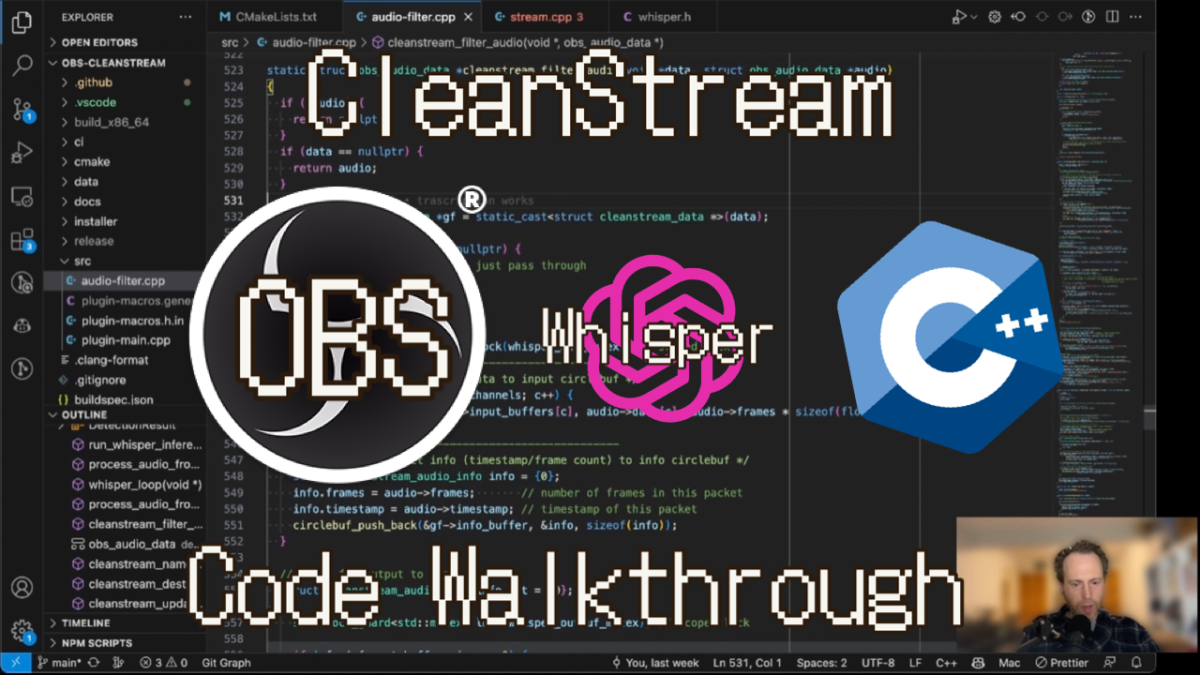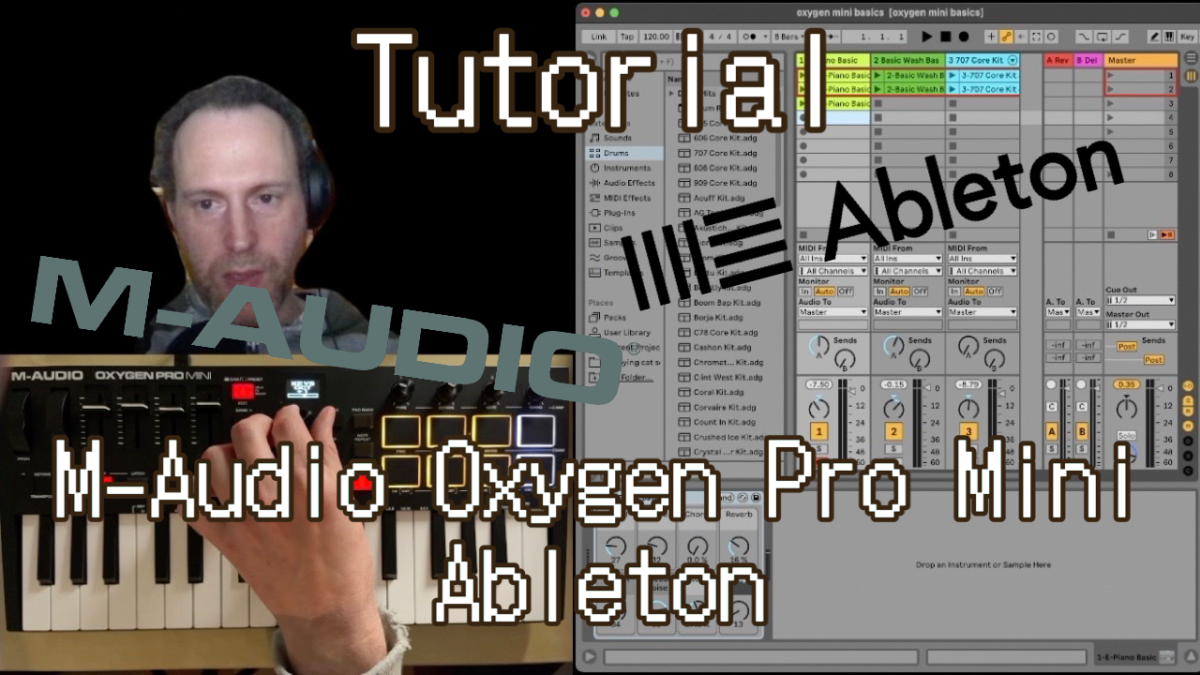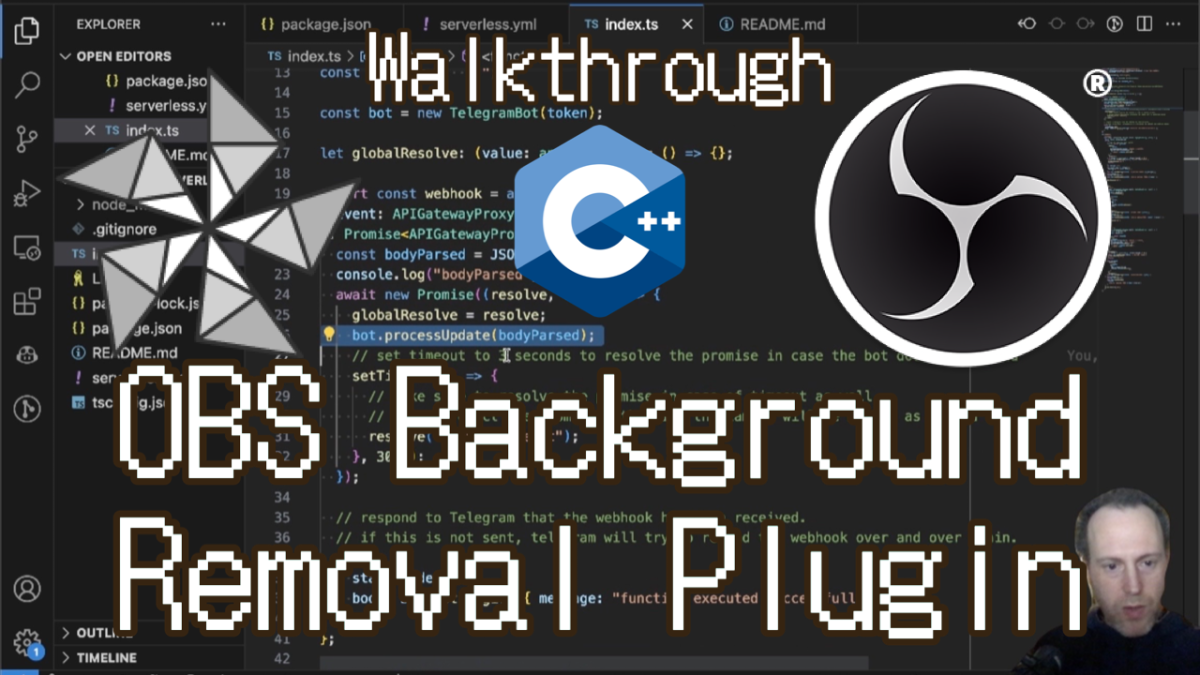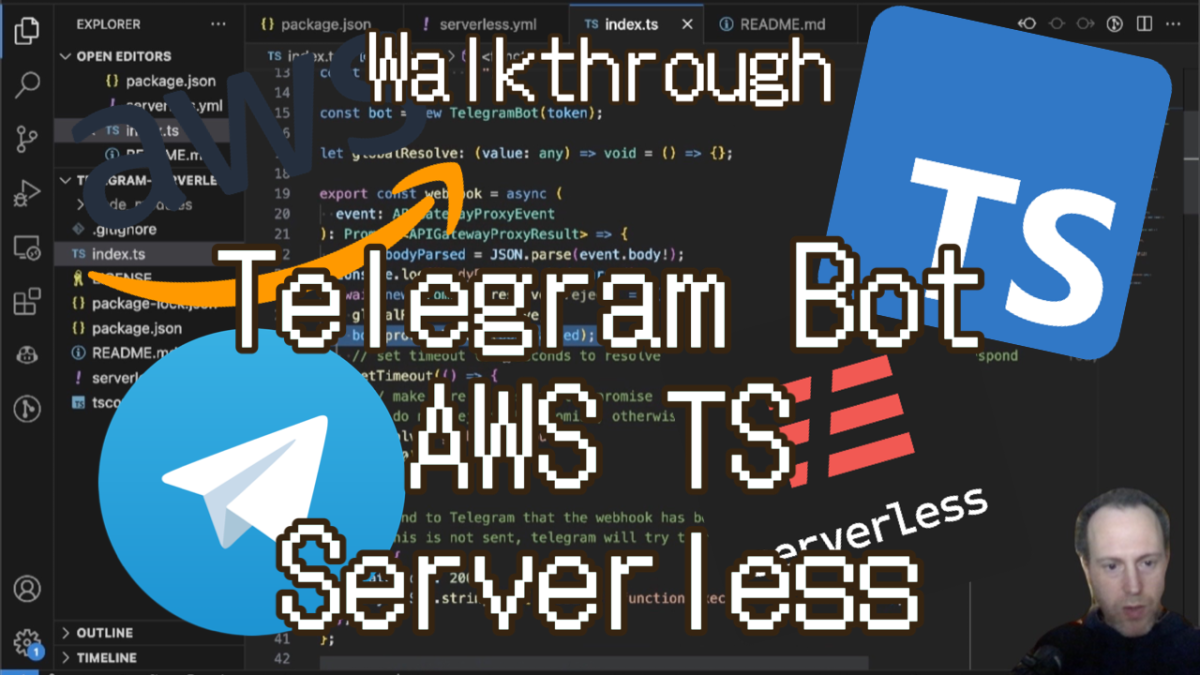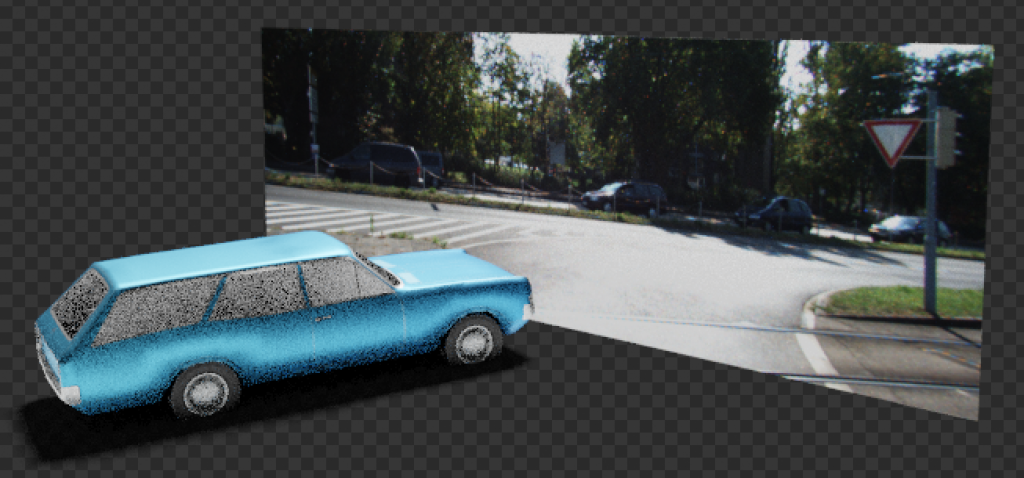Advice for People Joining the Workforce
Working in the service of something bigger than yourself is a pillar of humanity. It enabled all riches and privileges we have in our world. It is how people have built society for eons. There’s no doubt today that being employed keeps you balanced, satiated and healthy (in a way). It’s the best tool to support yourself and others. But at the same time, it takes away many of your freedoms. Before we dive in, let’s set a few things straight.
At the core of employment stands a simple principle: An employer is hiring you for value you bring to the business which is less than the compensation they pay you. Get it? At the core of employment, the principle is that someone is getting bigger value from your work than what they pay you. No business ever, if it’s a well-functioning business driven by real metrics, will pay you more than the value you bring – otherwise they will either hire someone else for less or not hire at all. If you ever own a small business, you will learn this simple principle very quickly. No business is charity.
The next principle is that as an employee you are first – a function. You’re not a person first, you’re not the sum of your goals and aspirations, you’re not your knowledge and expertise. As an employee, you are filling a role, driving value in a specific vector. If you are more than that in an organization, well you’re no longer and employee and more of an owner. All employers will try to convince your otherwise, but at the core – they first need you to perform a role, a task.
Finally, as an employee you are part of a whole. You’re not an individual maximizing your own gain. When you sign up you promise to maximize the gains of the organization. There is comfort in knowing that everyone around you is exactly the same – they are pulling the cart just like you.
Understand, the above principles are not bad or malicious. They are in fact wonderful and unlocked the greatest innovation and prosperity for all of humanity. Because of these gaps in gains, everyone is in effect donating a portion of their efforts to a greater good. It is often misappropriated, but on the grand scheme of things – it is perfectly great.
Being an employee will teach you a whole lot. About your business domain, about people (peers, customers) and how they think and operate, about impossible decisions, about things done at immense scale, about yourself as you stack up vs. others, and about life itself. The key in making the most from employment is to capture these teachings.
Here is some advice I have for you as you’re joining the workforce.
How to be a Bad Employee
Don’t be a bad employee. If you’ve joined a place of work, put in the time and effort to be successful. When I say “bad employee” I mean – understand the principles above, repeat them to yourself every day and on all occasions. And then, think for yourself. What kind of engagements are you looking to have in your personal life? What are your personal goals and metrics of success? Just put yourself first.
To me, being a bad employee is leveling the playing field. Employers will take endlessly but only pay you up the value equilibrium point – the point where you are paid as much money as your employer values your work. As such, you’re in a rigged system. You will never (unless by trickery or felony) be able to get paid more than you’re valued. Again, this is not all bad and most people in the world are better off on one side of this equation.
My advice for being “bad” is to make sure you are always on the right side of the equilibrium, not by cheating and slacking off, but by making the pie bigger. You can always, always! generate more value for yourself than your employer values you. Sure, you can take a second job (moonlighting, “side hustle”), but you’re at risk of double-dipping on the time from your main job, which would be borderline morally wrong. Many people do it, more than you’d think, and they glorify it. What I advise is to look for values in a different place than your time. Here’s the principle:
1+1=3.
Keep that in mind. 1+1=3 is your goal for employment. Always generate more value from one single thing that you do, really squeeze it out. Prepared a report to your supervisor? Also prepare a documentation of how you made the report, or how you would automate it. Wrote a piece of code? Also note down and share (!!) how you did it and what should be done next. Made a presentation for a meeting? Deliver the same presentation again in a different setting. Had a meeting with someone high ranking in the company? Write about your impressions from the meeting and your personal take on things. You were promoted to a leading role? Write a guide for all of things you learned, share it religiously, make sure people know why you were selected, and they will have a lasting impression of you that will last your career! There’s a big group meeting? Ask your boss for a chance to present work you have already done.
Be a bad employee. Generate more value for yourself than your employer needs or hired you for. Paradoxically, this is the best way to advance up the chain at work! Truly, a remarkable thing. If you maximize your personal gain at work by generating more value like discussed above, and the organization will value you more. When you think about it, it makes all the sense, since the organization is hiring you based on how you are valued in the market. Make yourself be worth more. Always grow your skillset, preferably – laterally, and always grow your network inside and out of your workplace.
How to be a Good Employee
As a junior employee, my advice for the first few years is to just keep your eyes and ears open when you join a new place. Look for inefficiency. Organizations, and particularly management, are obsessed with inefficiency. Because of laws of diminishing returns, all orgs that get bigger become inefficient and efficiency is a battle at any workplace.
Attended a meeting and you were bored for half the time? That’s inefficiency that you should share and publicize. The next meeting should be half the time, and if you’re lucky – you will never attend it at all! Had to make presentation from a bunch of data on various systems and that took you forever? Perfect inefficiency – let the people in charge of data systems know. You have to take 3 authentication steps or keycard scans to get to your desk? That’s eating up your efficiency for performing your tasks.
The key here is to verbalize. Never suffer alone. Either commiserate or communicate, preferably to your supervisor but group meetings are great too. Every workplace has tons of points for improvement, and is looking for them, but most people around you either don’t care or don’t mind because they are “getting paid for their time either way”. Don’t be like that, be a good employee. Speak up. But don’t be overbearing or make it all about complaining. Do it from a place of caring. Your goal is to improve conditions for everyone, not just yourself.
The are many ways you can be a good employee, and many guides for it. But the core of all of these things is singular: Generate as much value to the organization as possible. Either you lift other employees up, or optimize operations (save the org money), or through working more efficiently yourself, or by finding new value so far undetected (make the org more money).
How not to be an Employee
For once in your career, my advice is to try very hard not to be an employee and strike off on your own. This is the ultimate test of your skills and stamina as a professional. Being independent is hardest professional move, and definitely not for everyone. But I guarantee that at one point in your career you will feel that you must give it a shot. I’m going to exclude starting a company and focus on self-employment, since by starting a company, you are in fact an employee again.
Self-employment is the toughest thing. Do not attempt it before you have a lot of prestige and credentials in your domain. Finding customers, and holding them, is mostly a matter of marketing your skills and value you can bring. If that hasn’t been substantiated – you’re at risk. Remember, someone will only pay you up to the value that you can provide, and since you will now be charging a premium on your services – that value needs to be equally bigger. Getting to a position where self-employment makes financial sense usually takes years. At first you could only charge roughly as much as you can in your 9-5 job, after taxes you’d be taking home ~50% of the salary you used to make. It’s only when you can comfortably charge x2-x3 your salary that the math works out. Look for calculators online.
Luckily, since you’ve been such a bad employee and you’ve looked out for yourself from the beginning – you are well on your way to establish yourself as a leading figure in your field. That is your currency. Treat the outside perception of persona as equity, almost money in the bank. It’s an asset to you that you must guard and nourish. It is critical for success as a non-employee. So how do you generate this currency?
Personally, I’ve always liked academia. At first it seemed like a wonderful lifestyle; in reality it is just like any other business. But one thing is set apart: People are recognized for their individual contributions. You publish papers with your personal name on them, you receive awards with your name on them, you start labs and call them after yourself. Yes, it’s a very ego-centric domain. But, for that reason exactly it is great for self-employment. Your success is measured by how significant your name in your field is, like how many citations your papers get and other mostly similar metrics. While employed at a company – the exact opposite happens. No one knows what you did exactly and what was your contribution! To make matters worse, most if not all of your projects are group efforts where you had a small role, even as the lead. Try selling that to your customers! “Oh yes I’ve worked on this huge successful project you must have heard of, but I only did some part of it and the rest was taken care of by another group of dozens of people.” That’s not a convincing demonstration of your amazing skills.
To be a non-employee you must first work for yourself while you’re working for others. Building a name for yourself is just about as hard as being self-employed. It’s a matter of getting out there and being visible. Both internally in your company (remember, your colleagues are your professional network forever), and obviously outside of your company. This is work. Constant, ungratifying work, at first. But establishing a following outside of your company is crucial for your success. In some ways, treat establishing a name for yourself more important than your skills. This is done via social networks, in-person social events (e.g. meetups), conferences, article writing, blogging & podcasting, maybe writing a book even. But the most important factor of all of this is consistency. Do this consistently over a long enough period of time and your chances of failure are slim.
Some parting words. There is so much more to being a successful employee or a self-employed person than what I’ve covered here. Countless books have been written. This here is my own reflection on a couple of matters I thought were interesting. But you must write your own philosophies which you will invent through decades of work. Go forth and participate in the largest open human experiment called Employment. Come back to share your experiences.
